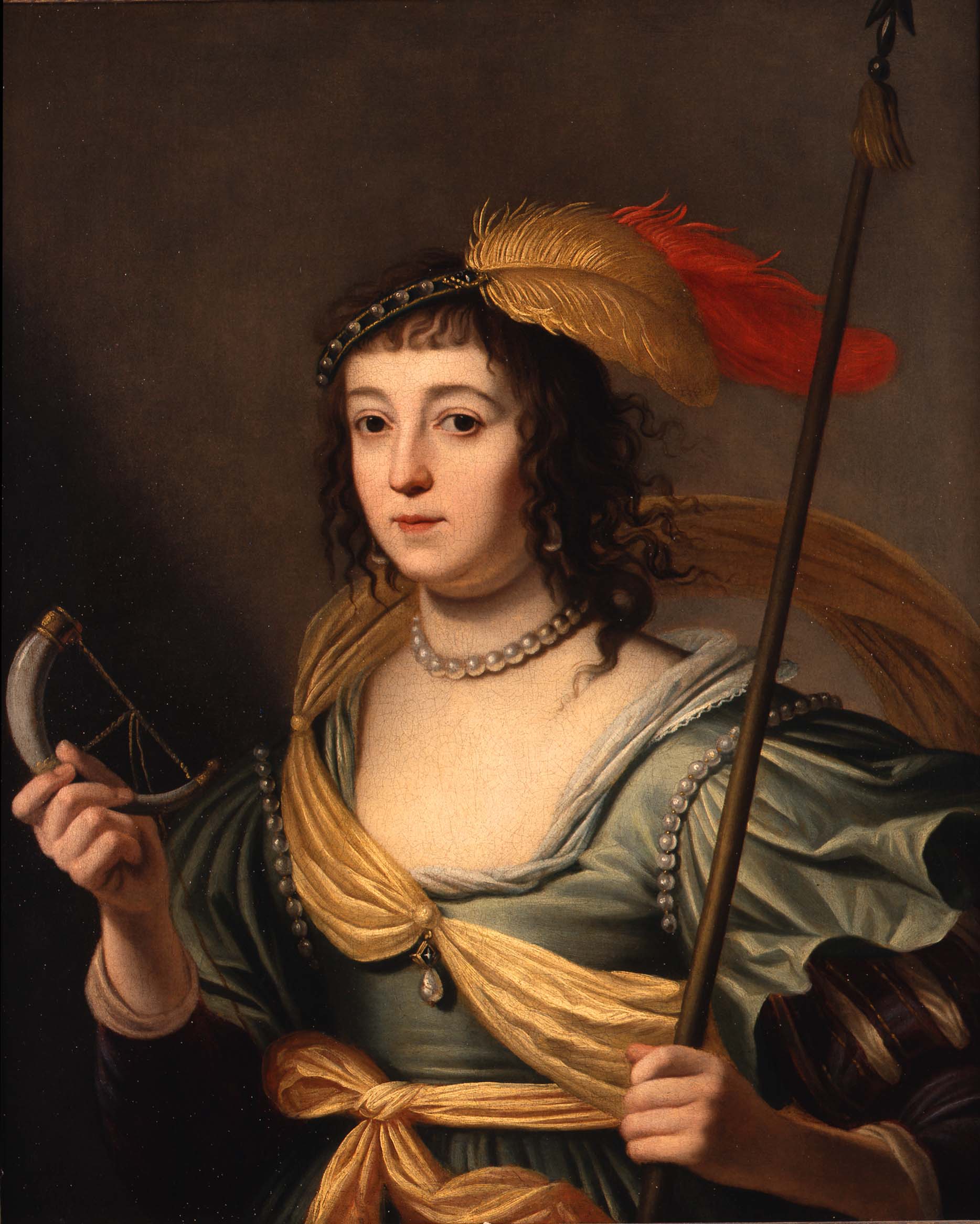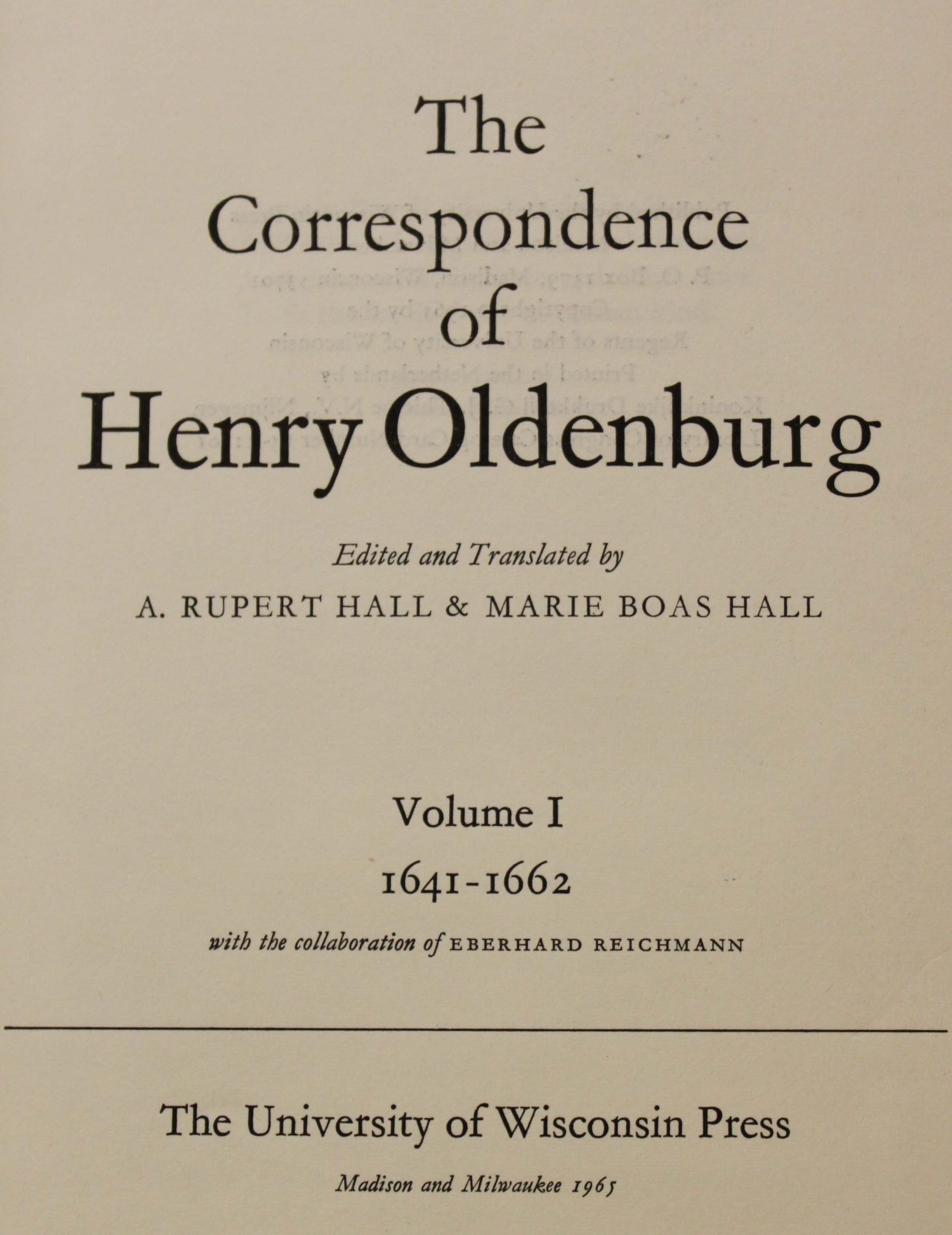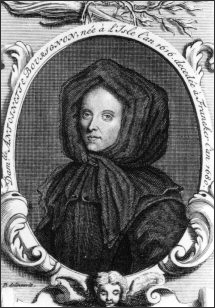
Amalia von Solms as Diana, by Gerard van
Honthorst. c.1632. (Stichting Historische
Verzamelingen van het Huis Oranje-Nassau, Den Haag, inv.no. SC/1414)
Hard on the heels of the correspondence of Flemish mystic Antoinette Bourignon, which was published in EMLO earlier this month, our final catalogue to appear this side of Christmas is that of Amalia von Solms, daughter of Johann Albrecht I of Solms-Braunfels, lady-in-waiting to Elizabeth of Bohemia, and wife of the Dutch statholder Frederick Henry of Orange-Nassau. Although much of her correspondence is no longer extant, Amalia, who exercised significant political influence both during the lifetime of her husband and after his death, corresponded extensively with her secretary, Constantijn Huygens, on a myriad of subjects — everything from matters of state to the education of her grandchildren — and it is these letters that form the focus of the catalogue at present. The metadata for Amalia’s correspondence are being made available to EMLO by Dr Ineke Huysman of Huygens ING and over the course of the coming weeks and months additional letters, metadata, and links to external resources will be added. And of course both catalogues — those of Amalia von Solms and Antoinette Bourignon — will contribute in no small measure to the work being conducted by our colleagues at Women’s Early Modern Letters Online.
Whilst the correspondence of Constantijn Huygens, currently with metadata taken from J.A. Worp’s edition (The Hague, 1911–17) and provided to EMLO by our partners at the Circulation of Knowledge project from their text-mining database, the ePistolarium, may be consulted in tandem, users will find it particularly useful to follow the links provided in Amalia’s catalogue to the Huygens Brieven Online database, where manuscript images, transcriptions, translations, and printed copies, may be consulted. Hugyens Brieven Online is also under the expert oversight of Dr Ineke Huysman and we are working together to ensure the most accurate and up-to-date metadata is available to scholars in EMLO.
On this short, winter-solstice day, as many continue to consign to the mail cards and parcels for friends and relations, I’d like to post an epistolary gift to you, our invaluable community of early modern scholars. It comes in the form of two short videos, both directed by Nadine Akkerman of Leiden University and Jana Dambrogio of MIT. The first, A Tiny Spy Letter: Constantijn Huygens to Amalia von Solms, 1635, shows a reconstruction demonstrating how Amalia would have opened one of the smallest pleated letters known to have existed, before tucking it safely into her sleeve. The second, Amalia von Solms’s Holograph Letter to Eleonore de Volvire: A Letter of Condolence, 1670, reconstructs the folding, sealing, and addressing of the letter in which Amalia commiserates with Eleonore on the loss of her husband, François de l’Aubespine (1584–1670), Marquis de Hauterive-Châteauneuf and Governor of Breda. Do watch and marvel, and perhaps even venture to consider how today we could economise on envelopes and fold our Christmas missives …
On behalf of all at EMLO, I wish you neat locking and a happy midwinter break!

 by
by 